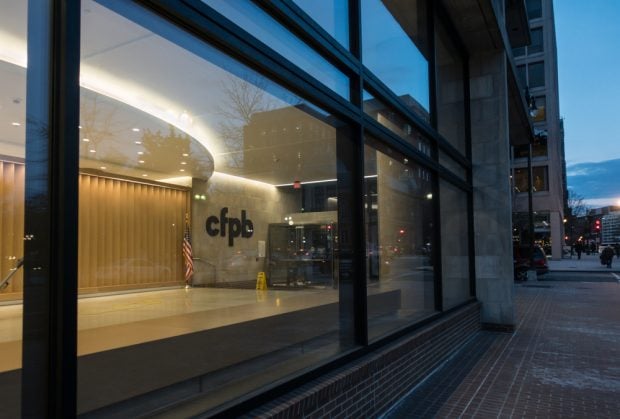Quick Response Codes are popping up everywhere – those little black & white squares you're beginning to see in magazine ads, conference badges, even at national parks. Though they're sometimes likened to UPC barcodes, they're much more powerful and have become one of the hottest mobile applications in the marketing world today.
QR codes are two-dimensional, matrix barcodes that can hold unique data for websites, personal URLs (PURLs), virtual contact cards, phone numbers or instructions for mobile device users to follow. Initially used for inventory control, QR codes are now available to anyone with a smartphone and free reader app. And with this mobile technology quickly gaining popularity, it's no wonder marketers are looking for ways to use this technology to reach their customers.
A quick scan of a code on a direct-mail piece or email can take anyone with a smartphone to online content without typing a web address. We've seen some innovative uses, such as advertising a new shopping center, in which a user scans the QR code and is taken to a microsite with mobile coupons for mall shops. QR Codes are also making their way to conference badges as a substitute for handing out business cards. You can find them at historical landmarks, where codes guide users to the next location. And you can even find them on tee-shirts with codes pointing to a Twitter feed.
Recommended For You
Don't have a smartphone? Basic QR Code generators are available free. Google has a simple generator for anyone wanting to create codes. But more advanced QR Code systems support storage of all sorts of variable information, allowing for more sophisticated activities. At DigitalMailer, we've built a QR Code generator that creates codes to automatically complete parts of a secure online form using information from the initial scan. That saves your members time in the enrollment/purchase process.
QR Codes offer multiple advantages to marketers. For example, online interactions can be tracked and their ROI easily calculated. The codes provide instant response, which catches consumers at the point they are most interested in the message.
QR Codes are a useful tool for engaging younger or tech-savvy consumers. Census data shows that Gen Y represents 26 percent of the population – the first generation to grow up online – and marketing to them requires significantly different approaches. For one thing, they're very independent and turned off by branding. Instead, they like instant service and are often attracted by an experience rather than a message. So, QR Codes might pique their interest in your credit union, leading them to open a savings plan or attend a money-management seminar.
Points to consider
o Tell consumers what to do with QR Codes. Until they become more common, consumers will need to help – a simple caption reading "Scan Me" will work.
o Give customers a reason to scan the QR Code. You can place them on coupons and encourage them to search for special offers in a treasure hunt.
o Use web tools and microsites to capitalize on the member's contact and experience. But don't use QR Codes just to send consumers to your home page. The codes' greatest strength is their ability to provide instant responses, so use them for products and services that can be delivered instantly.
Clever marketers are rapidly finding new uses for QR Codes because they are a fun, inexpensive way to connect the direct-mail world to the fast-paced mobile world. All it takes is a click … er … scan away!
Ron Daly, President/CEO
DigitalMailer, Inc.
© 2025 ALM Global, LLC, All Rights Reserved. Request academic re-use from www.copyright.com. All other uses, submit a request to [email protected]. For more information visit Asset & Logo Licensing.







